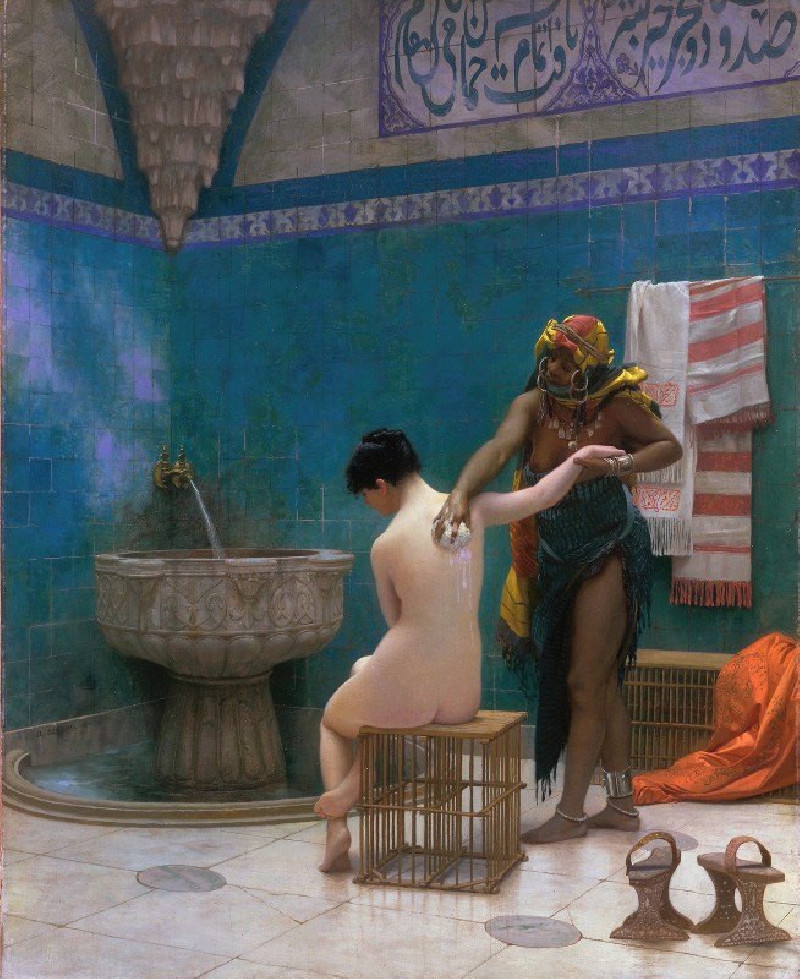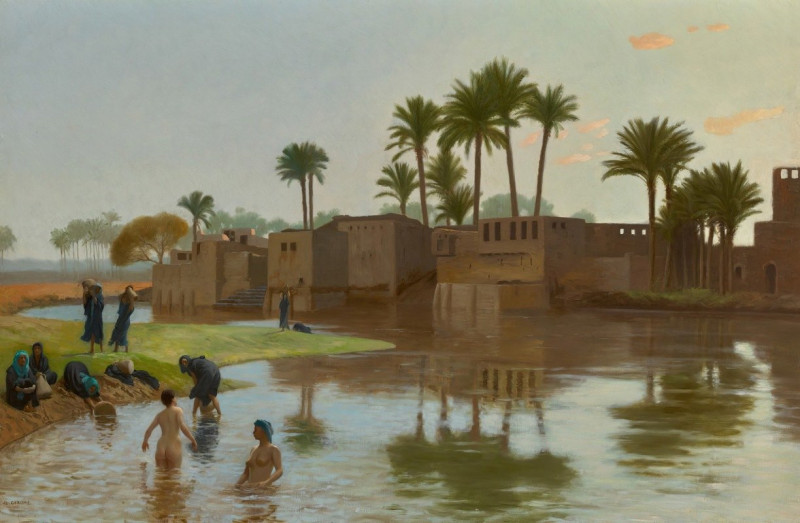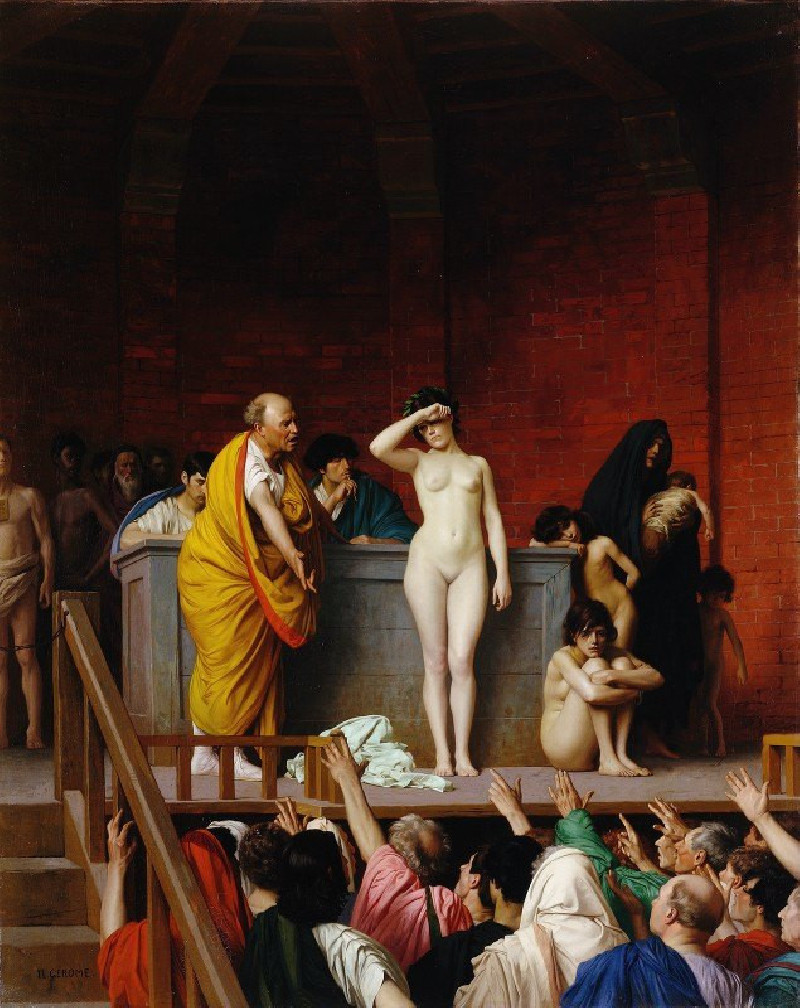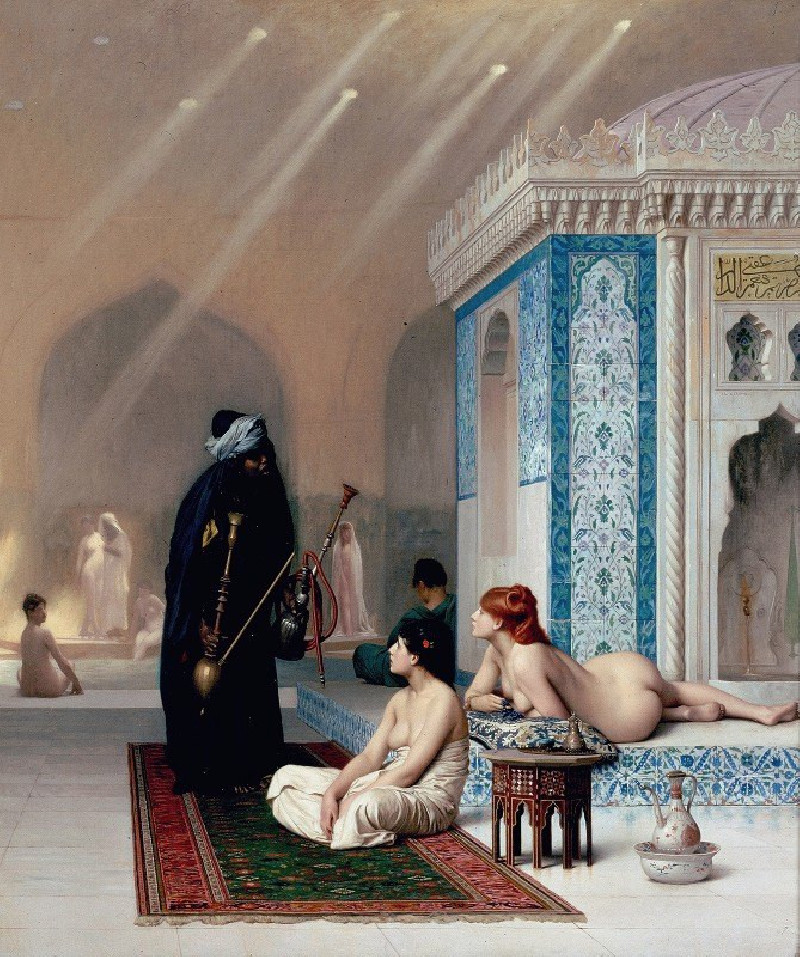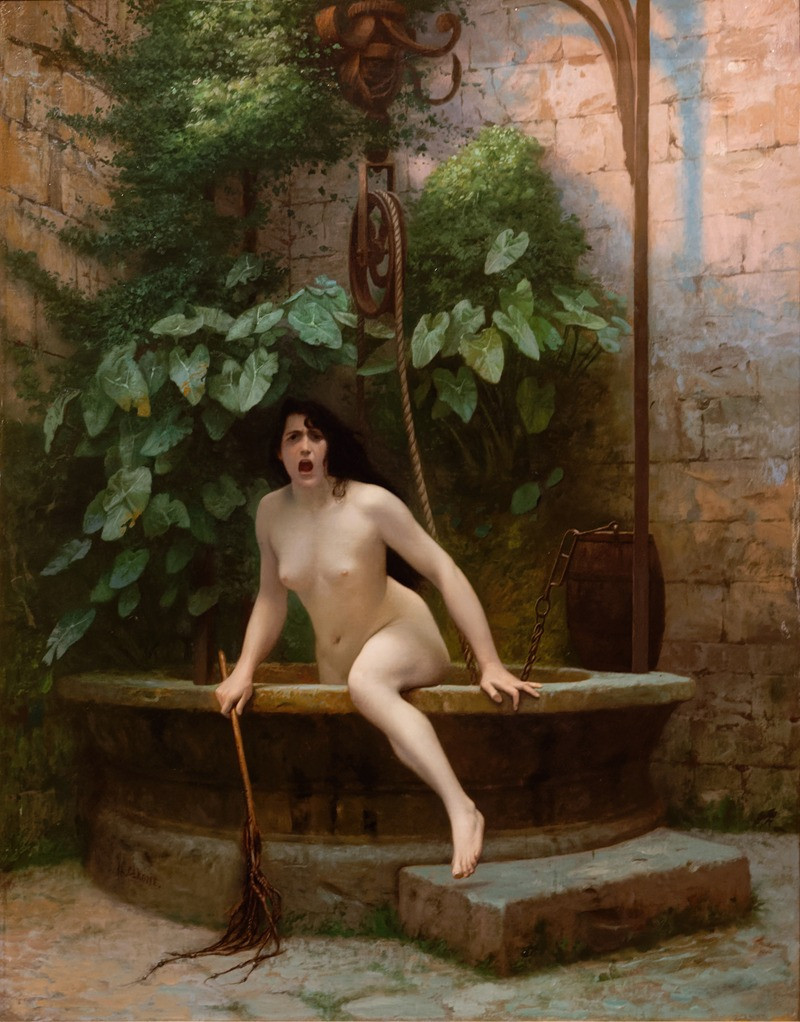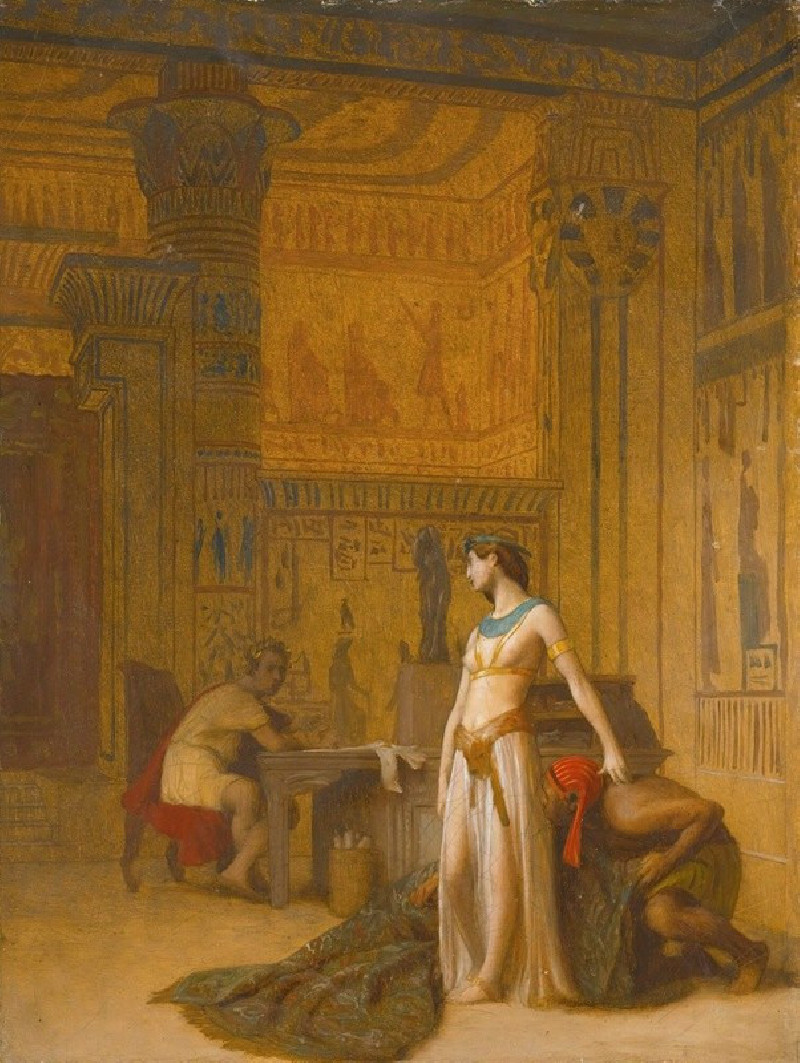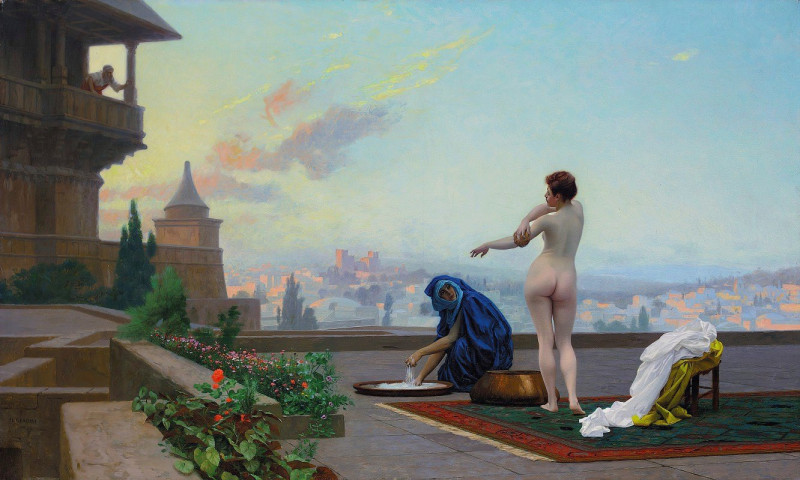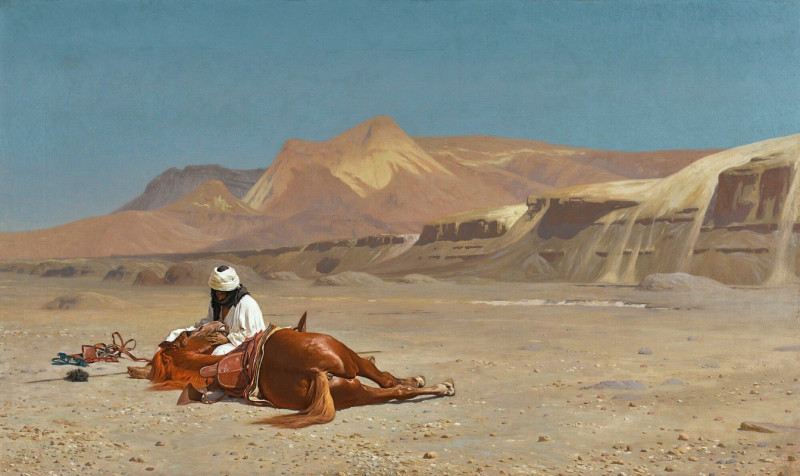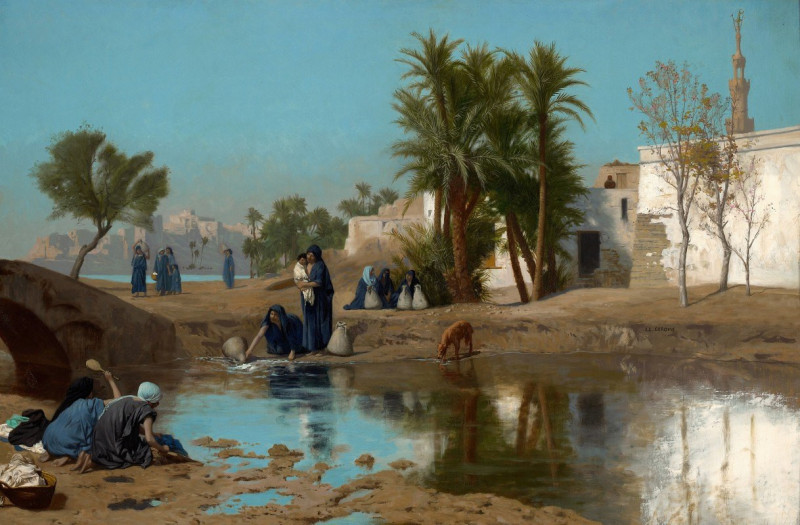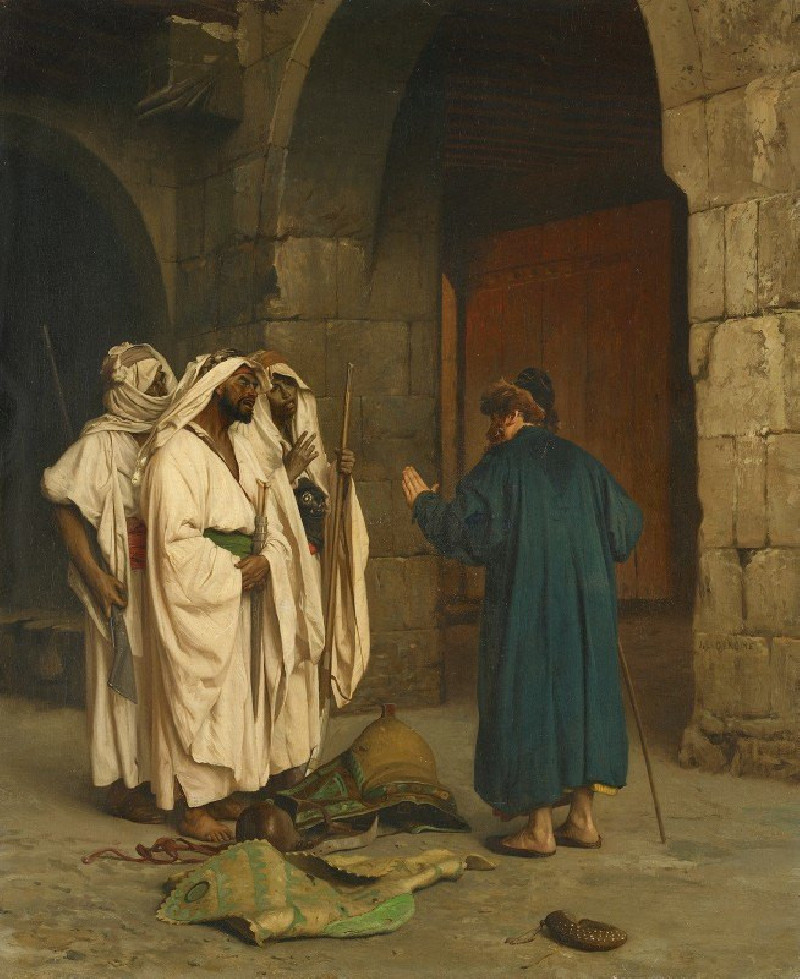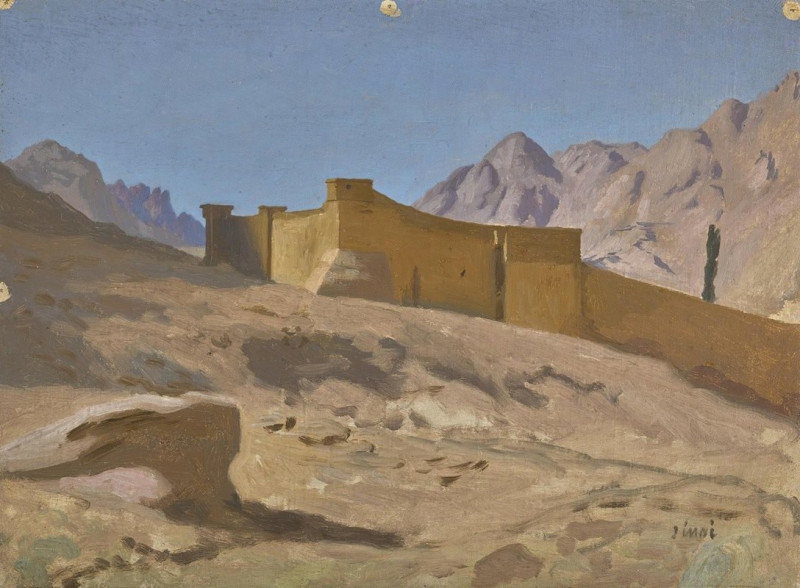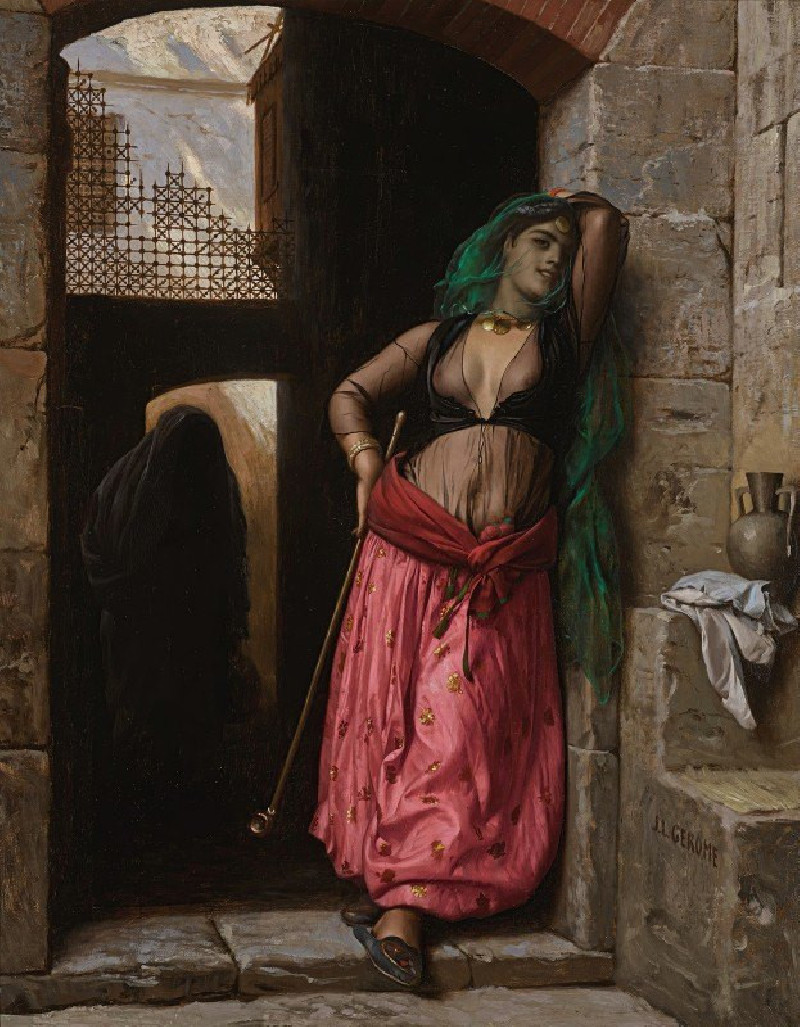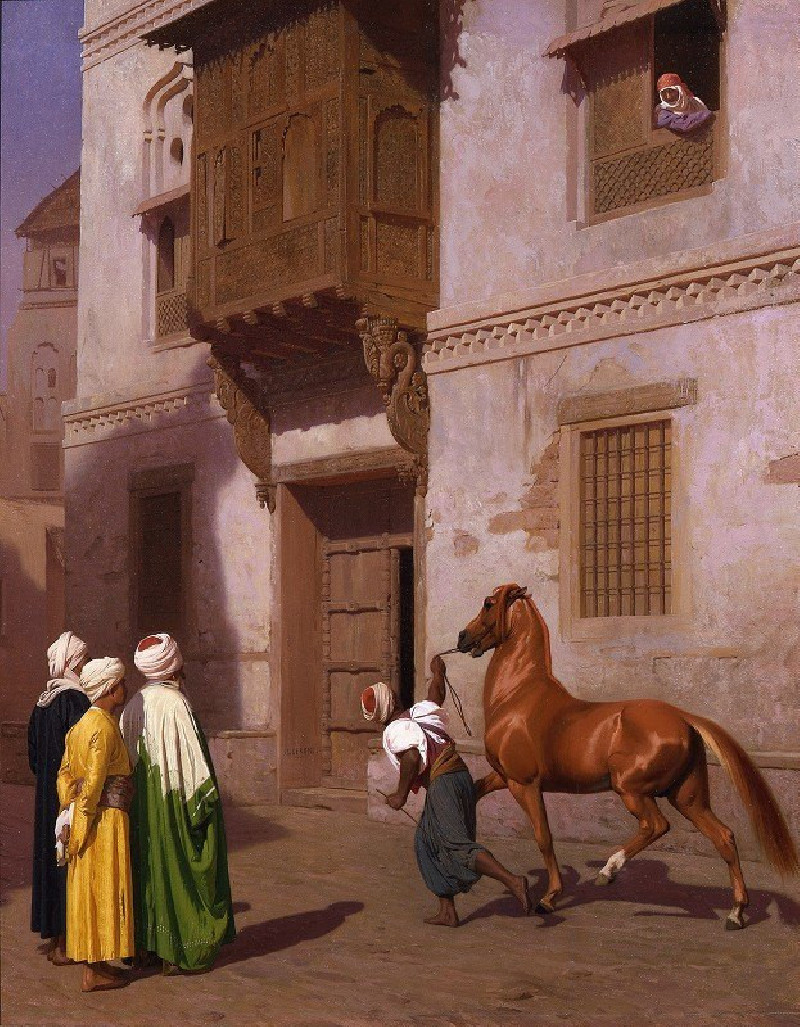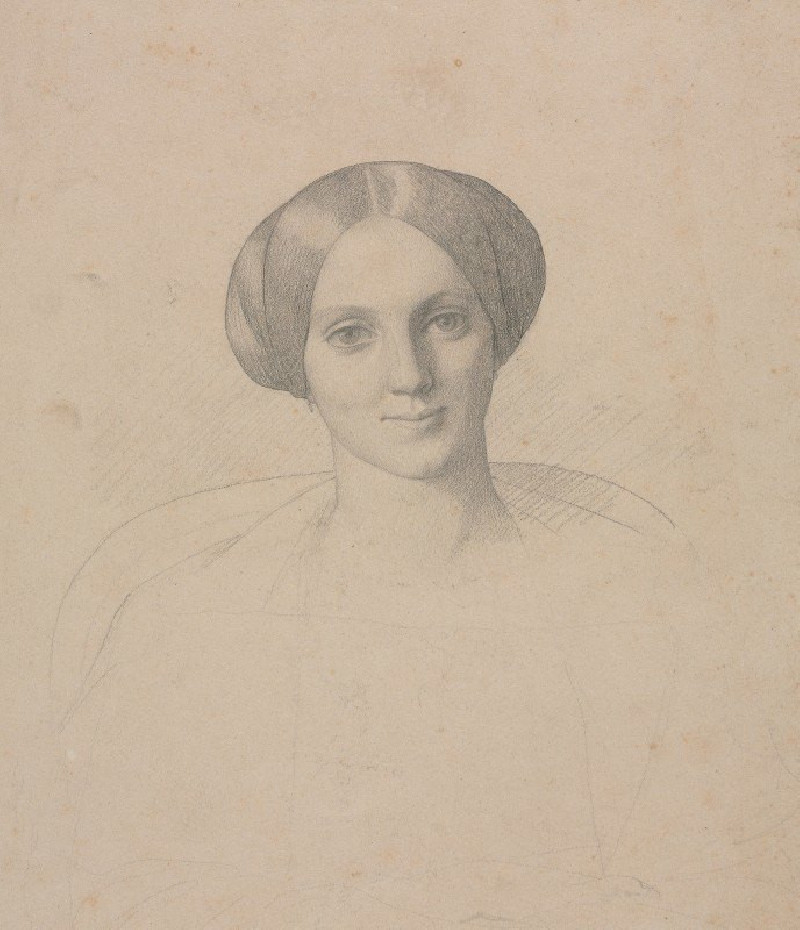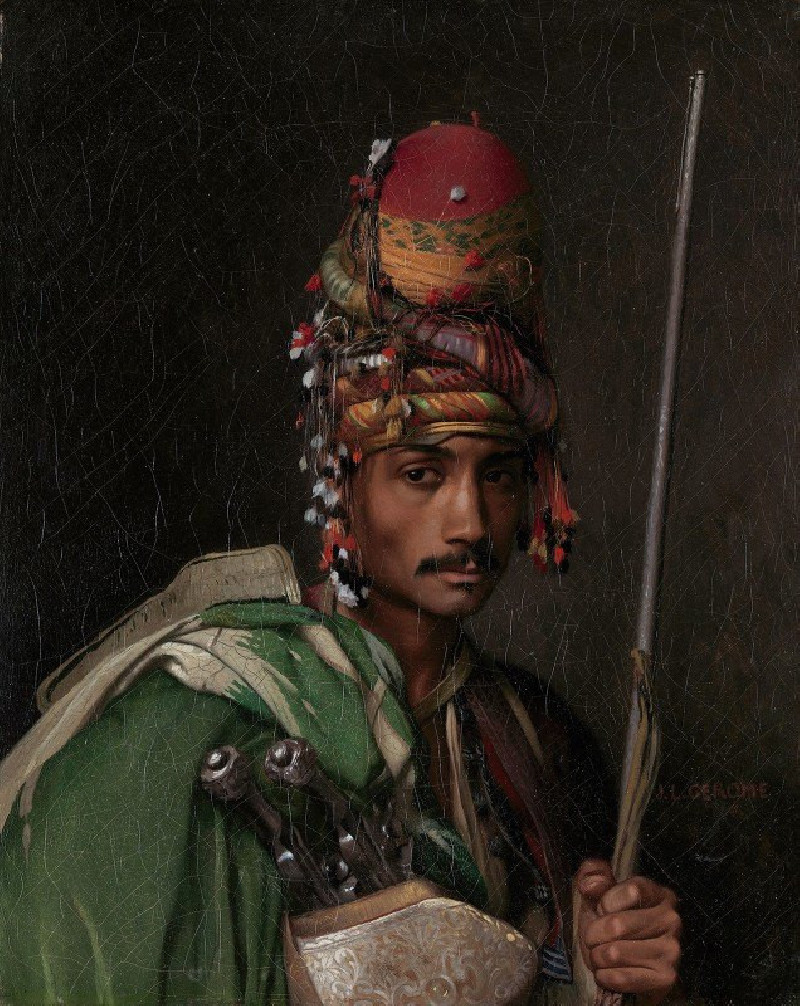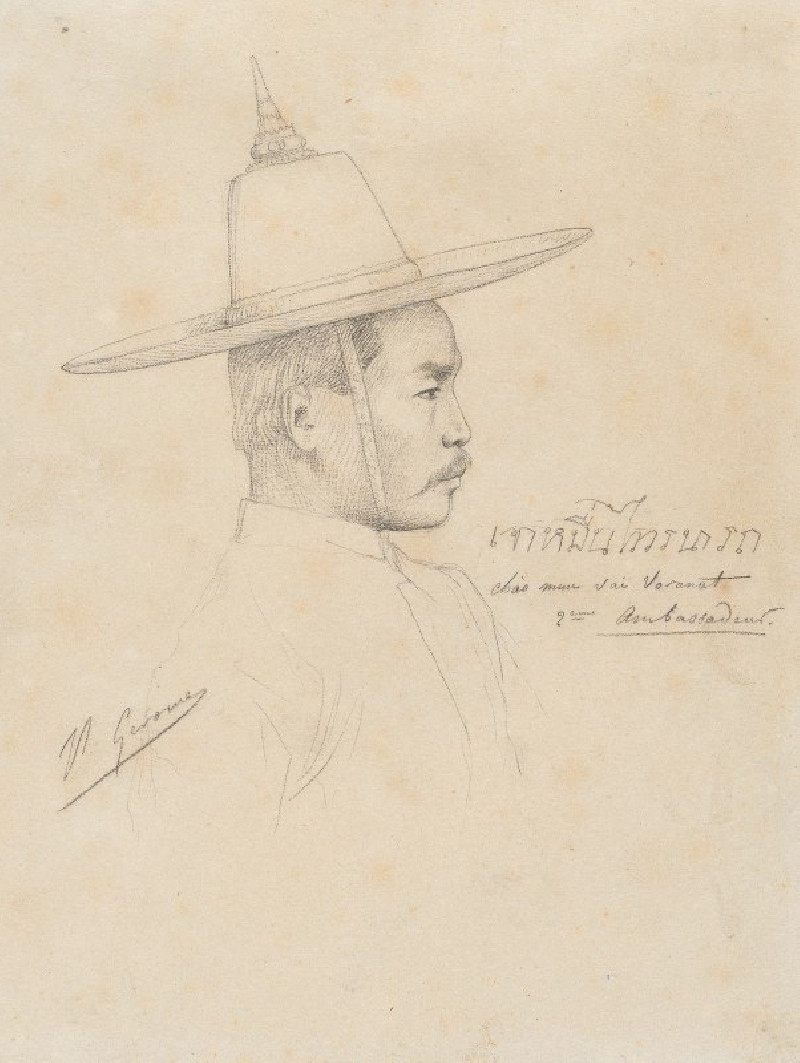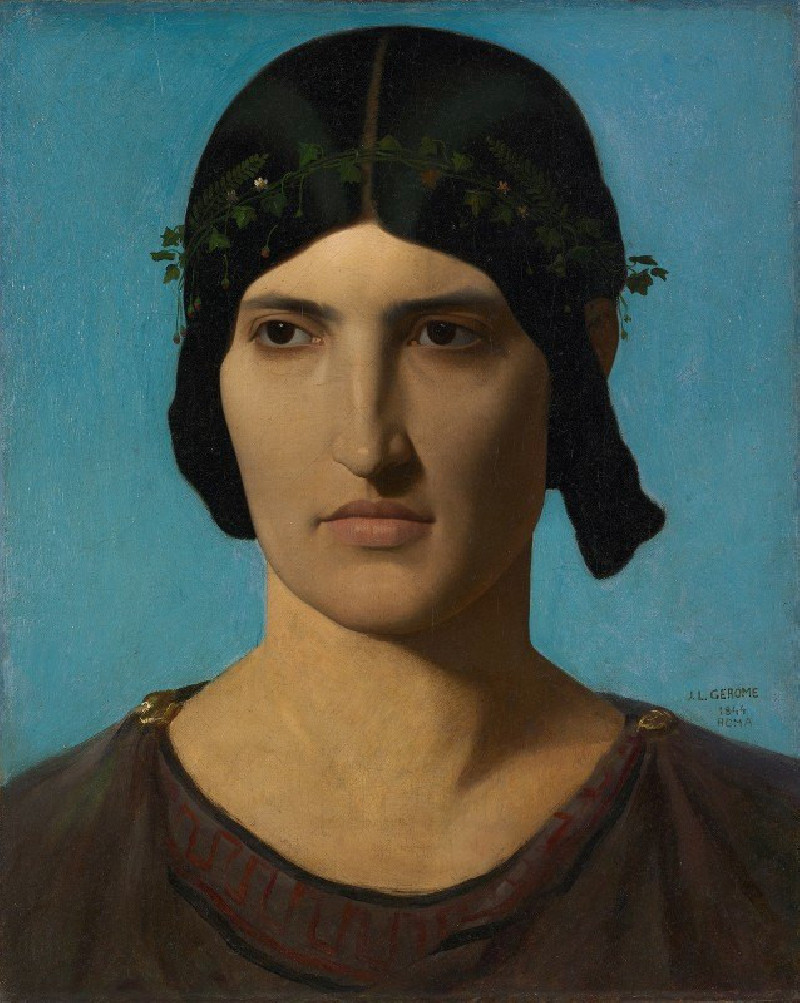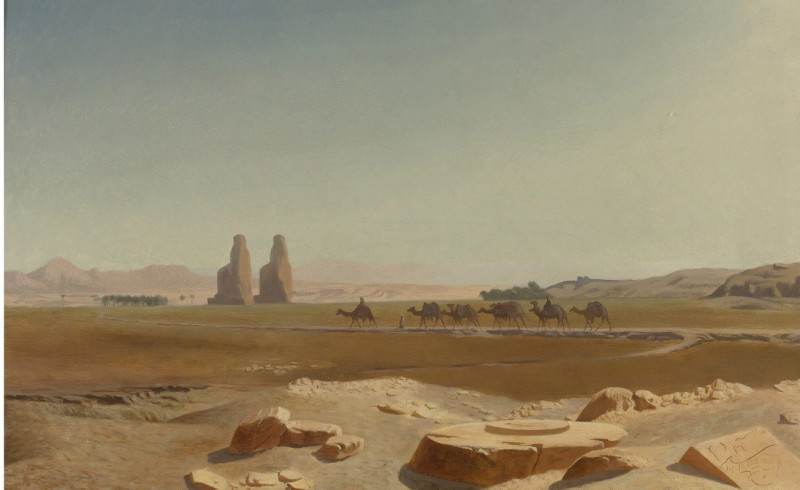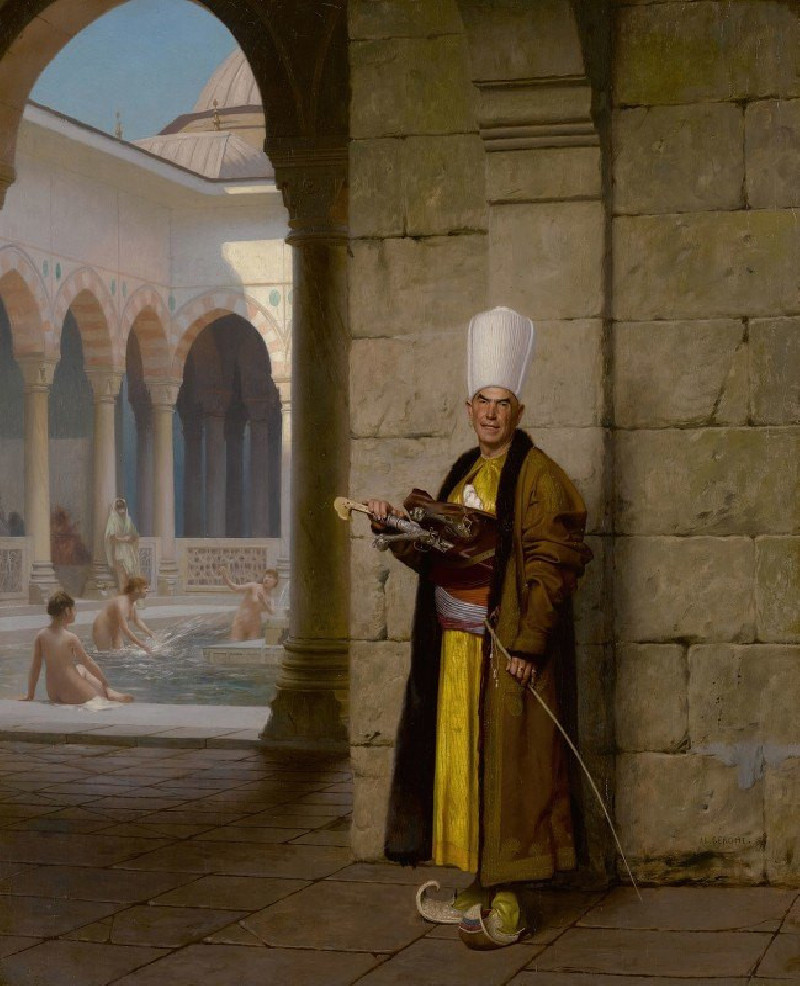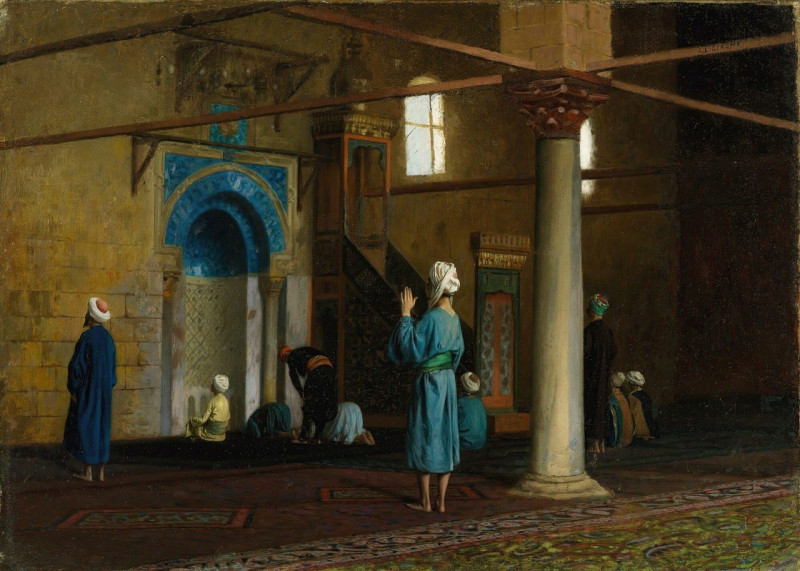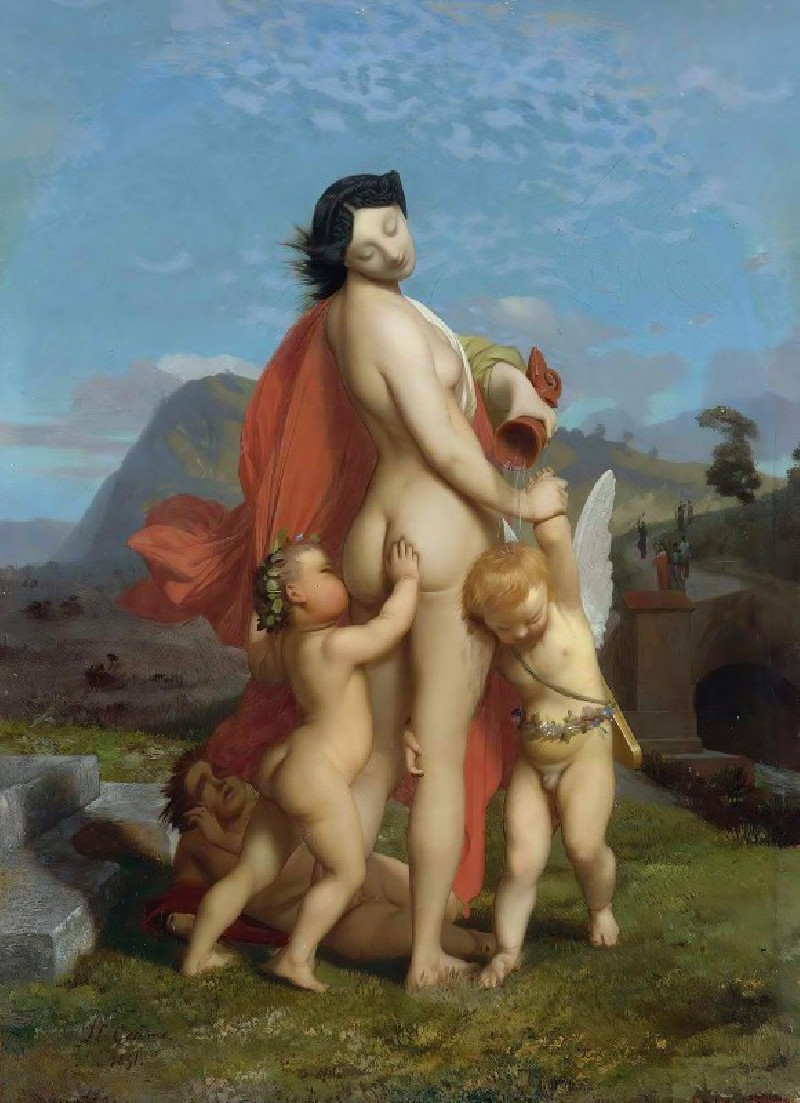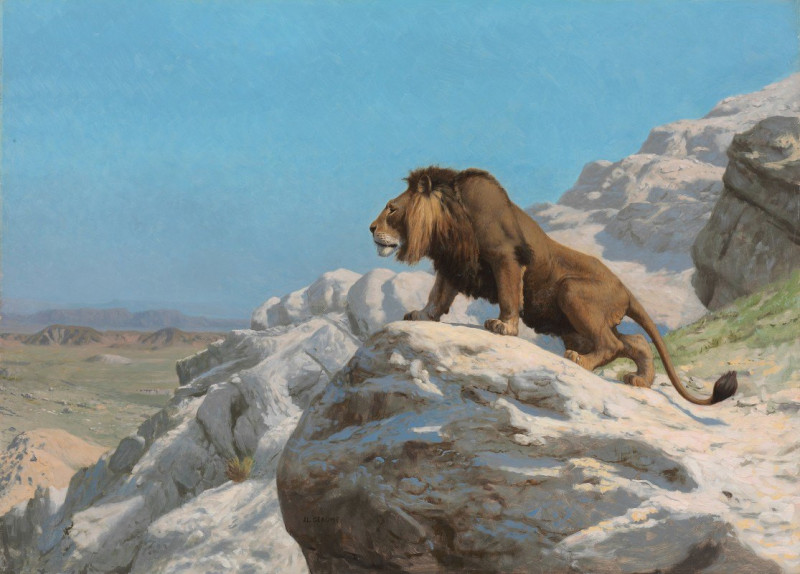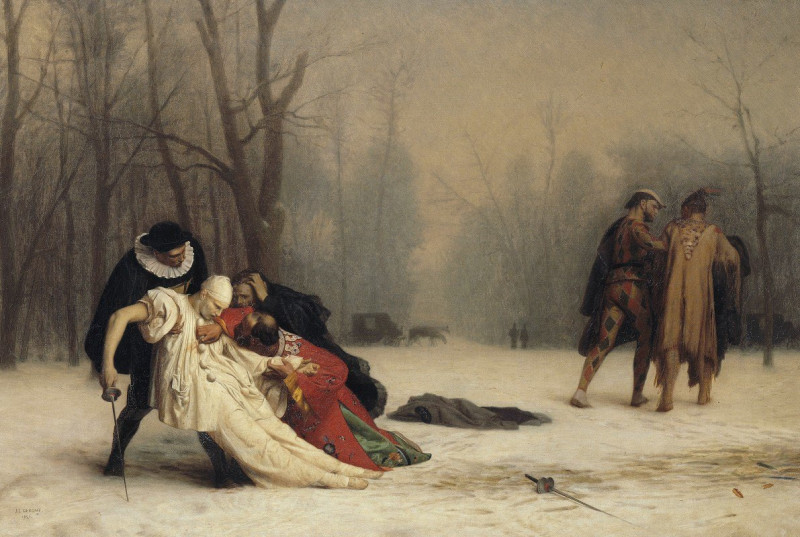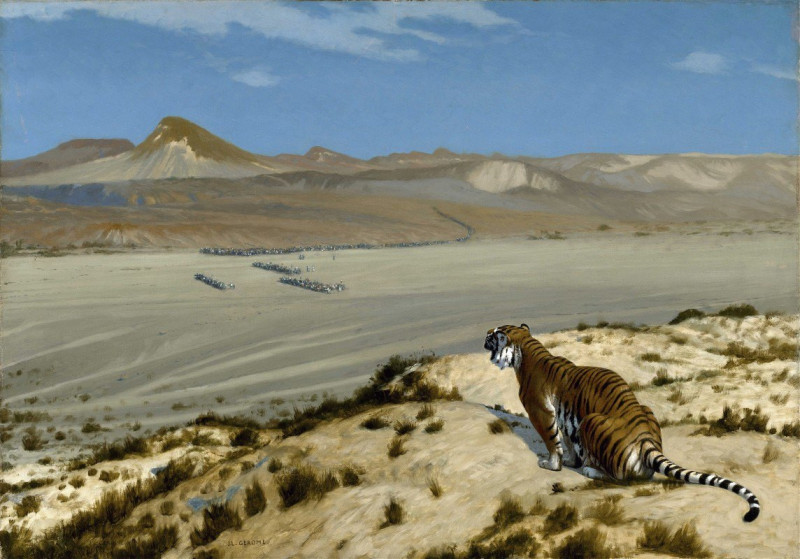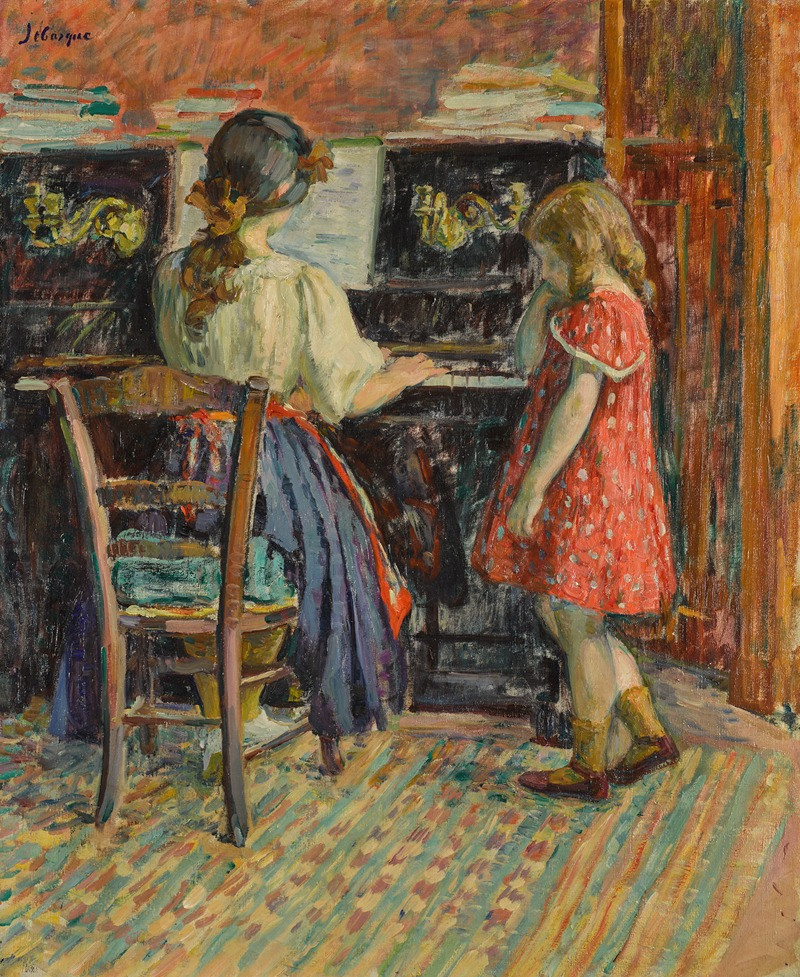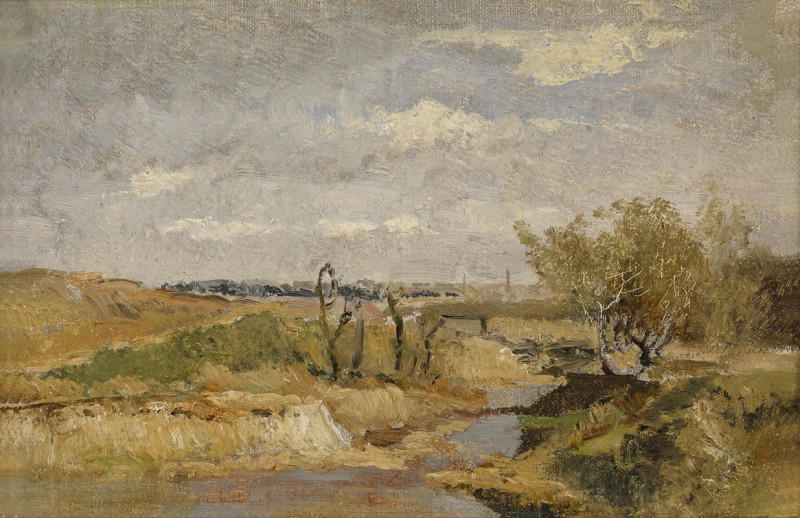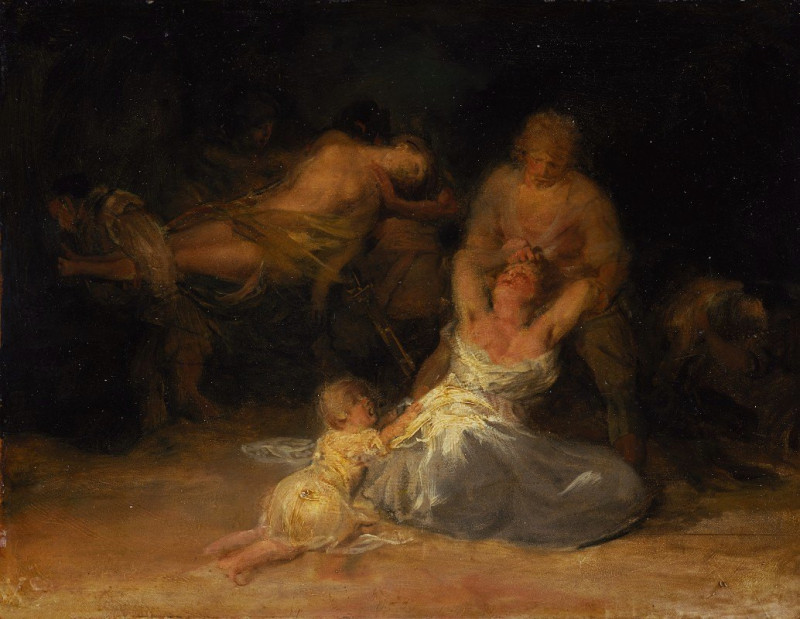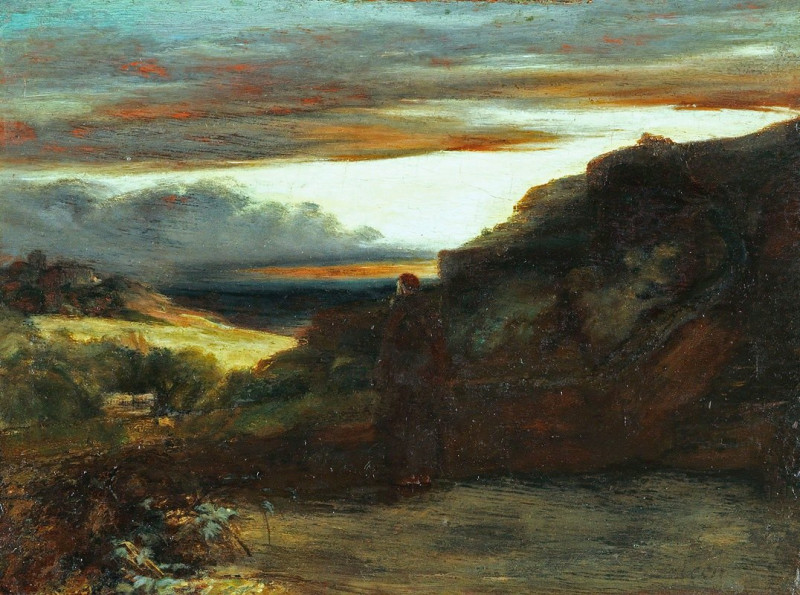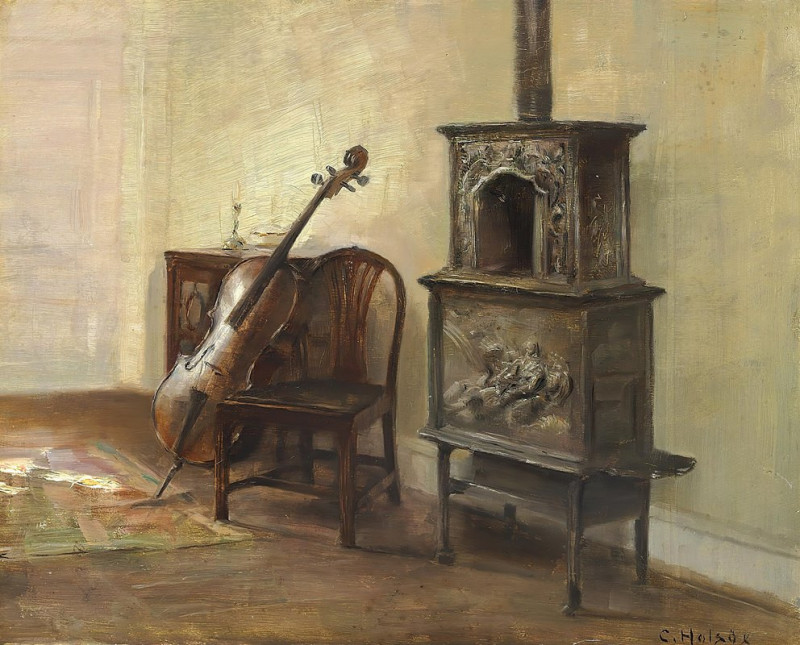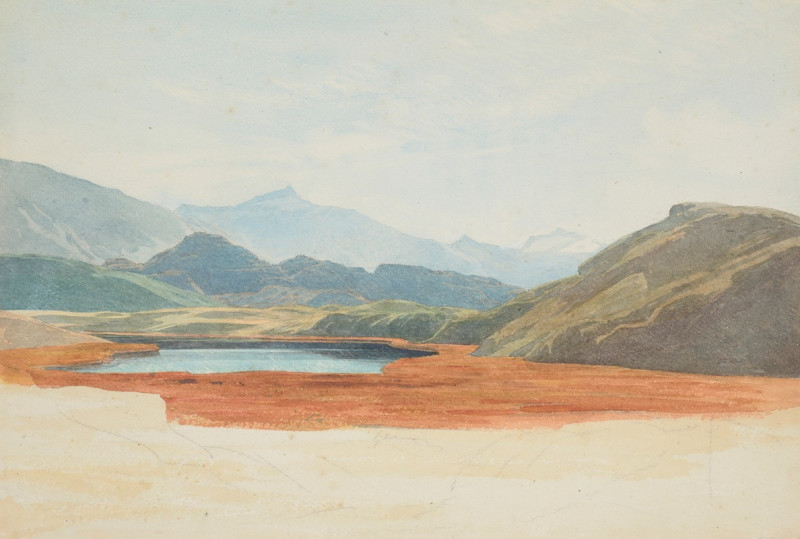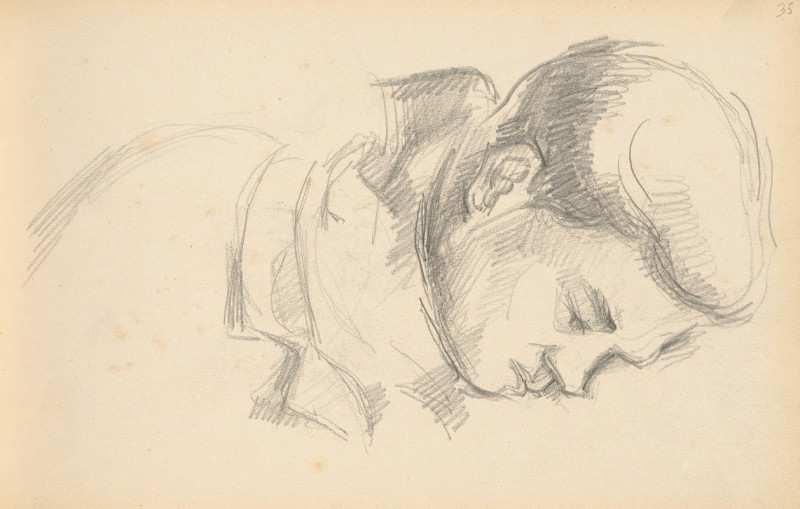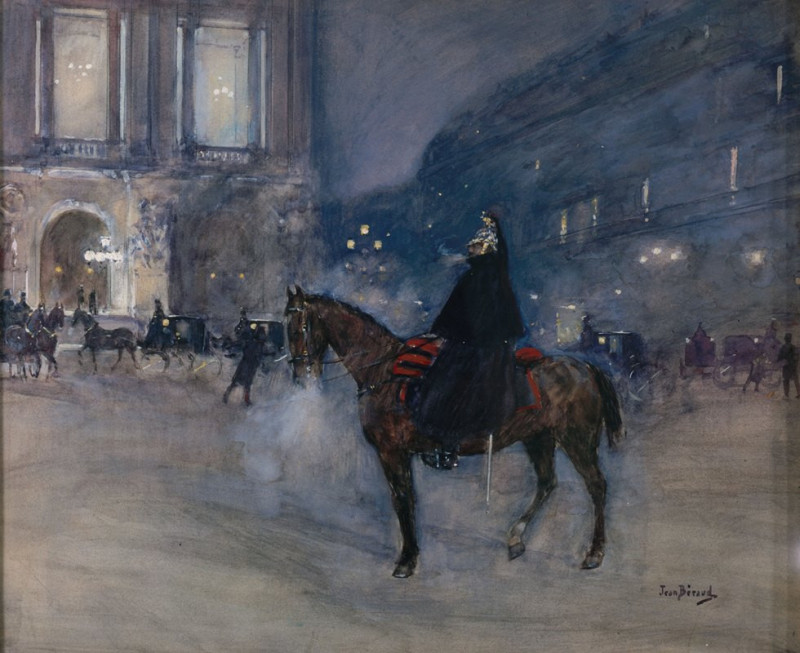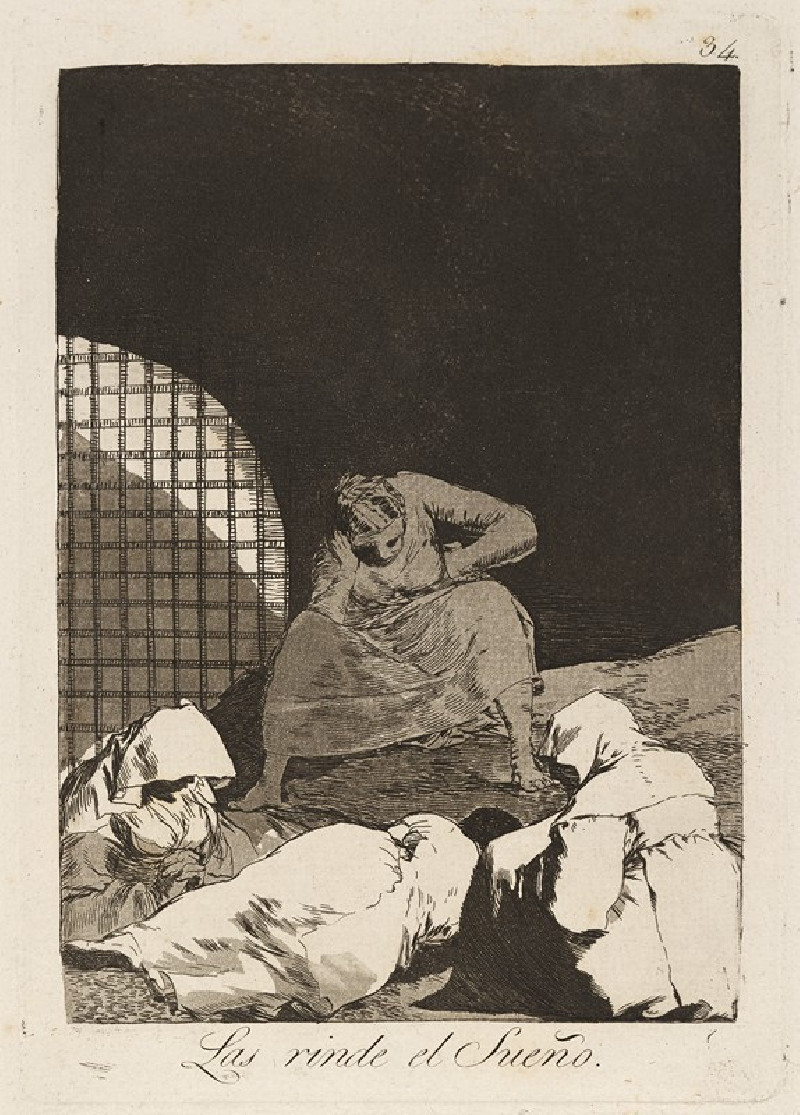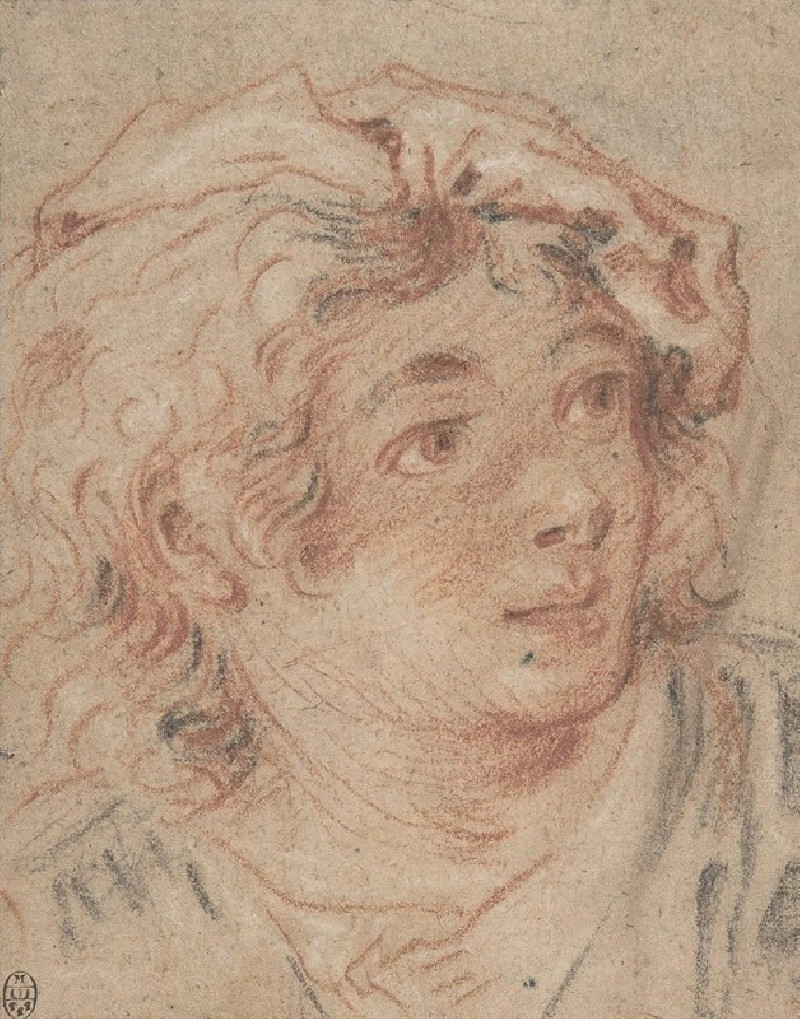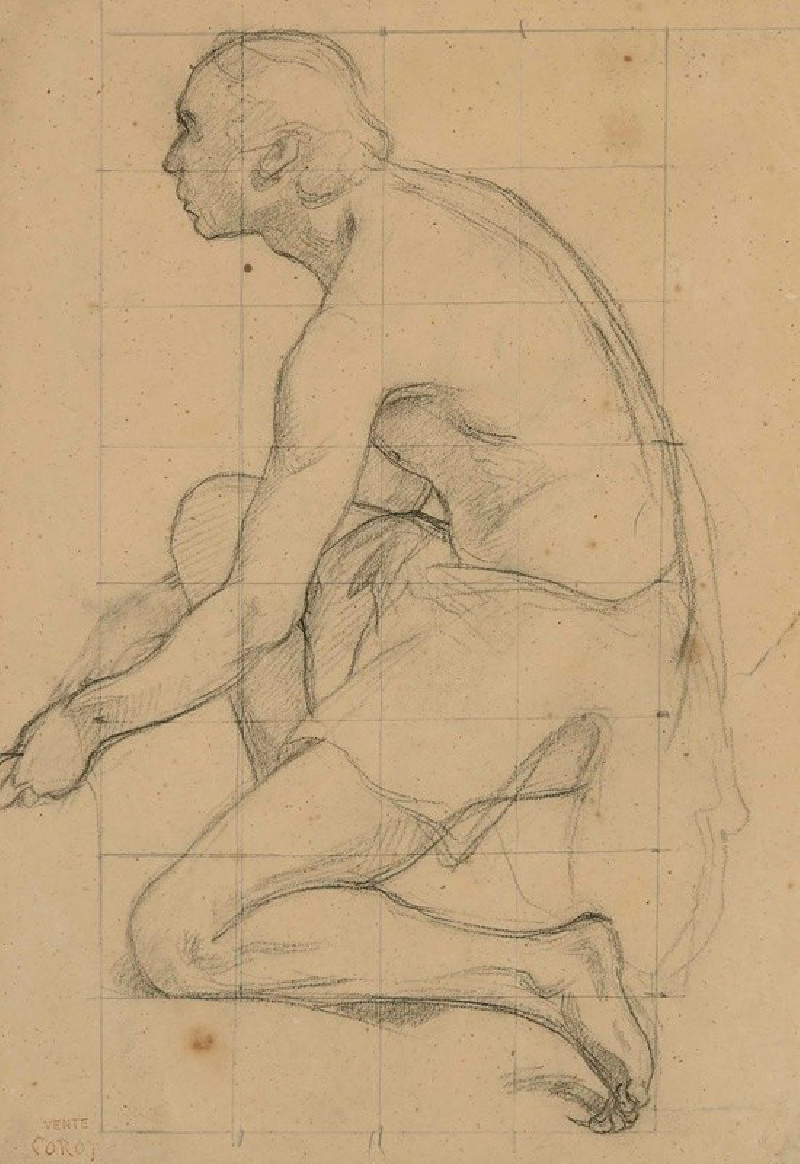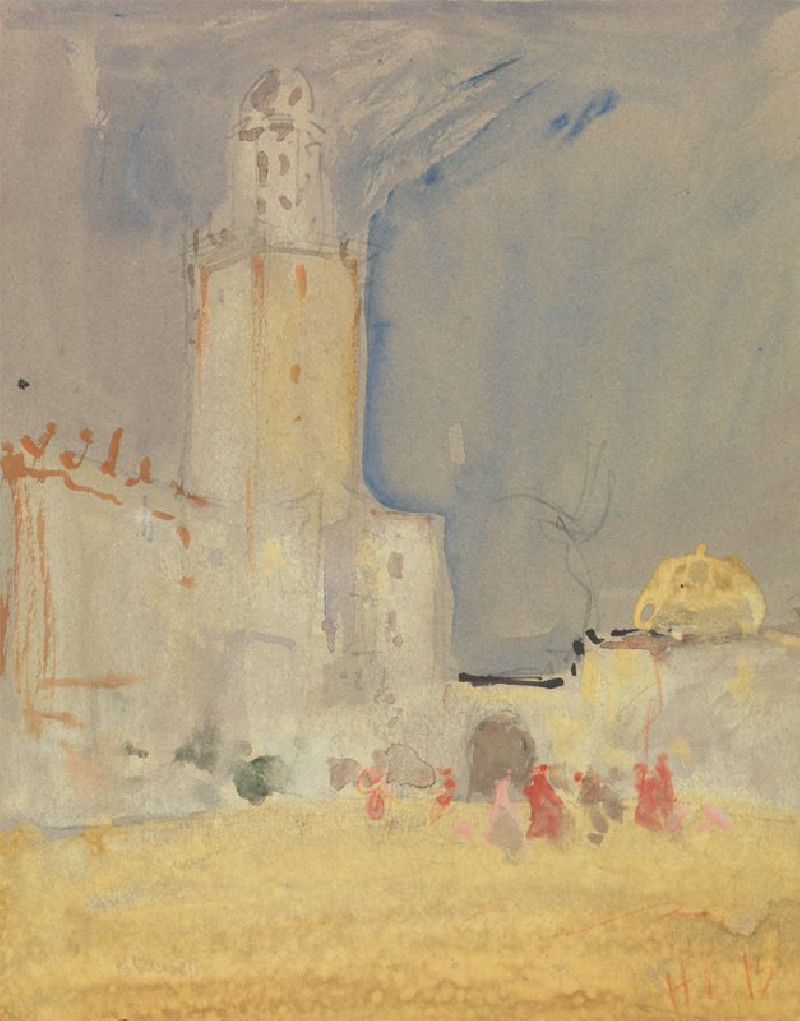Egyptian Recruits Crossing The Desert (1857)
Technique: Giclée quality print
Recommended by our customers
More about this artwork
** In the evocative painting by Jean-Léon Gérôme, created in 1857, viewers are transported to the vast, sunbaked expanse of the desert. This artwork captures a moment of both hardship and historic transition, featuring a group of Egyptian recruits making their arduous journey across the desert landscape.The scene is animated with the movement and varied expressions of the recruits, who, dressed in a mix of traditional and military attire, reflect a significant period in Egypt's history. The recruits are depicted amidst a challenging desert trek, overseen by figures in more elaborate, colorful outfits, possibly officers, guiding and motivating the new soldiers. Their faces, some shielding their eyes from the harsh sun, others cast in shadow, suggest the weight of their new obligation.The atmospheric perspective used by Gérôme highlights the relentlessness of the desert environment. In the background, the desert haze blurs the lines between the sand and the sky, a testament to the overwhelming conditions faced by the recruits. The sparing use of vibrant colors – in the officers' clothing and the hints of blue sky – accentuates the dominance of the sandy tones, echoing the omnipresence of the desert.This painting is not just a visual record; it is a narrative of endurance, leadership, and the harsh realities of military life in a demanding landscape. Gérôme's skillful blend of detailed realism and evocative composition invites the observer to reflect on the broader contexts of duty and survival in the mid-19th century Egyptian setting.
Delivery
Returns
Jean-Léon Gérôme was a French painter and sculptor in the style now known as academicism. His paintings were so widely reproduced that he was "arguably the world's most famous living artist by 1880." The range of his oeuvre included historical painting, Greek mythology, Orientalism, portraits, and other subjects, bringing the academic painting tradition to an artistic climax. He is considered one of the most important painters from this academic period. He was also a teacher with a long list of students.



